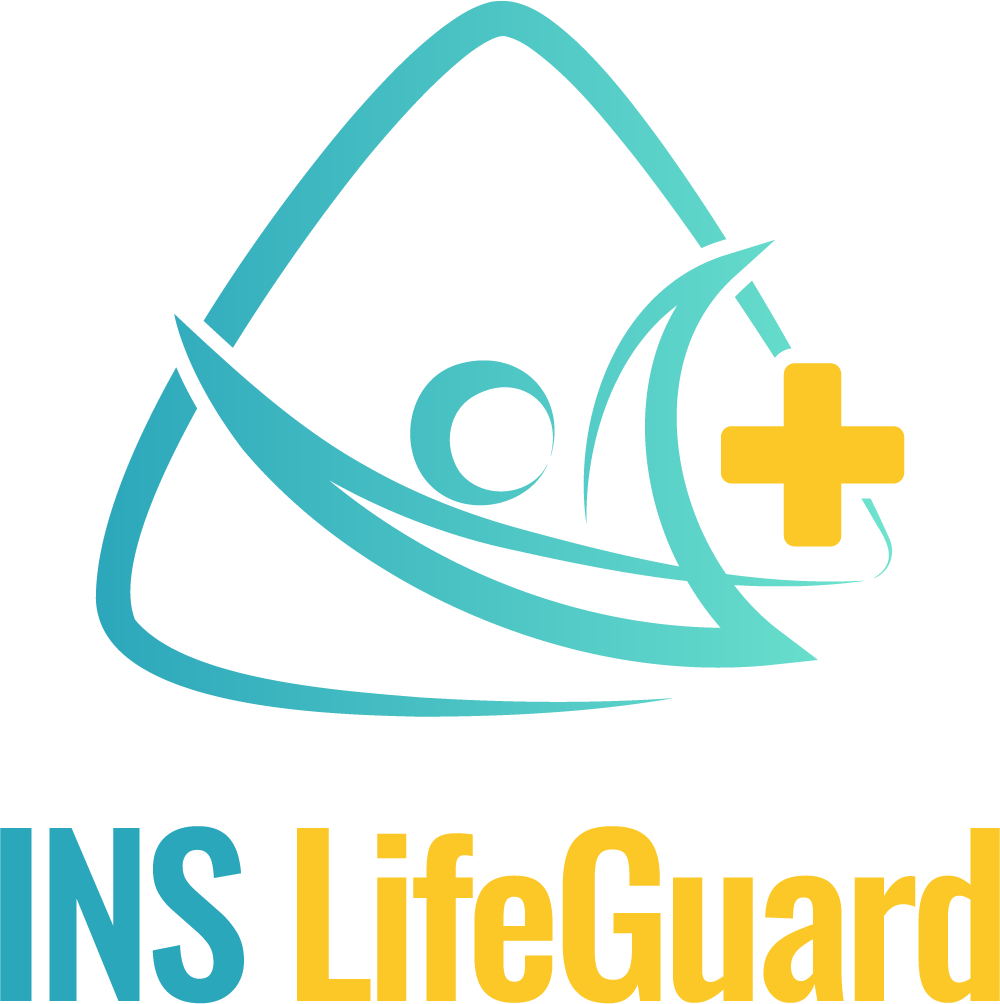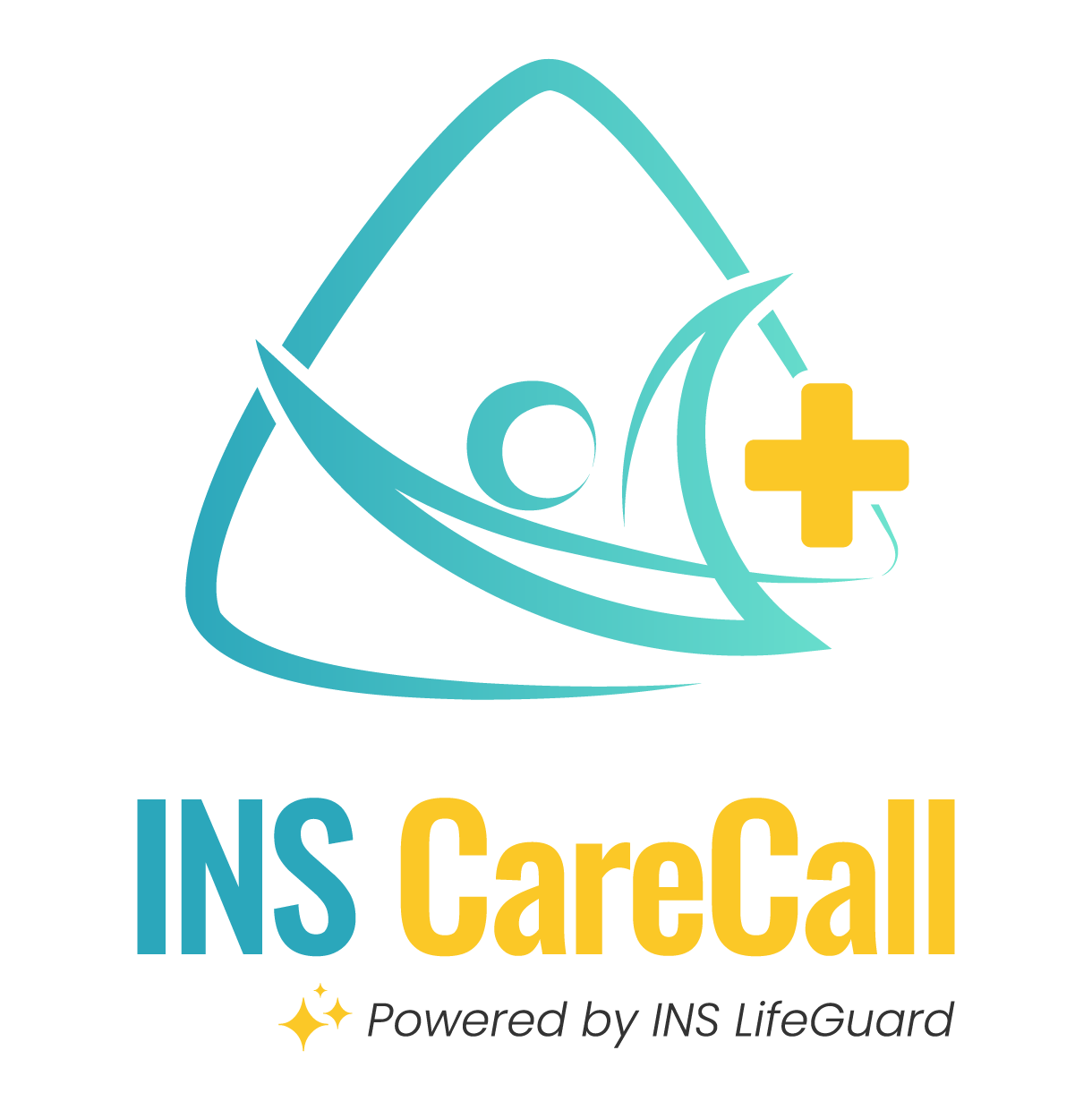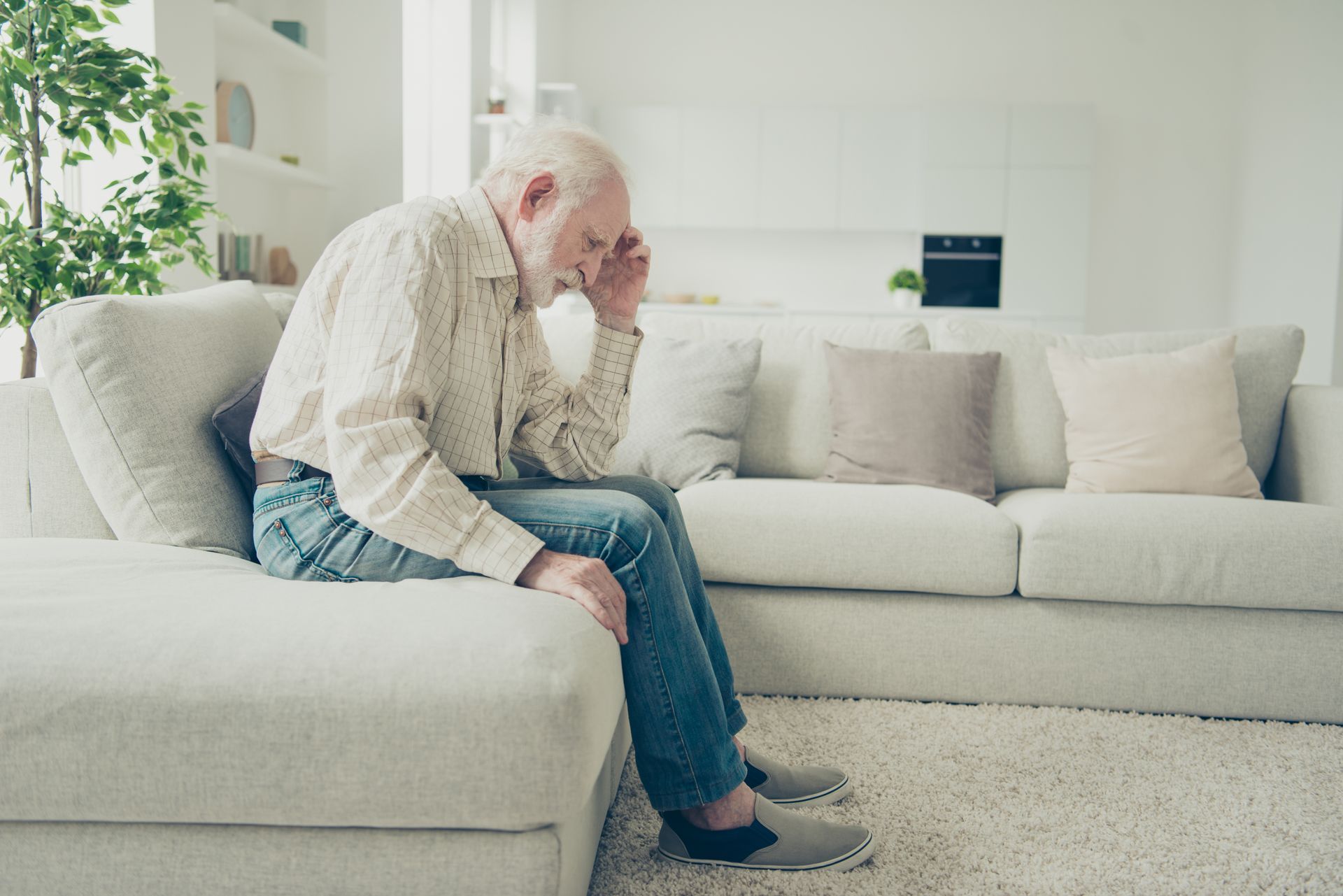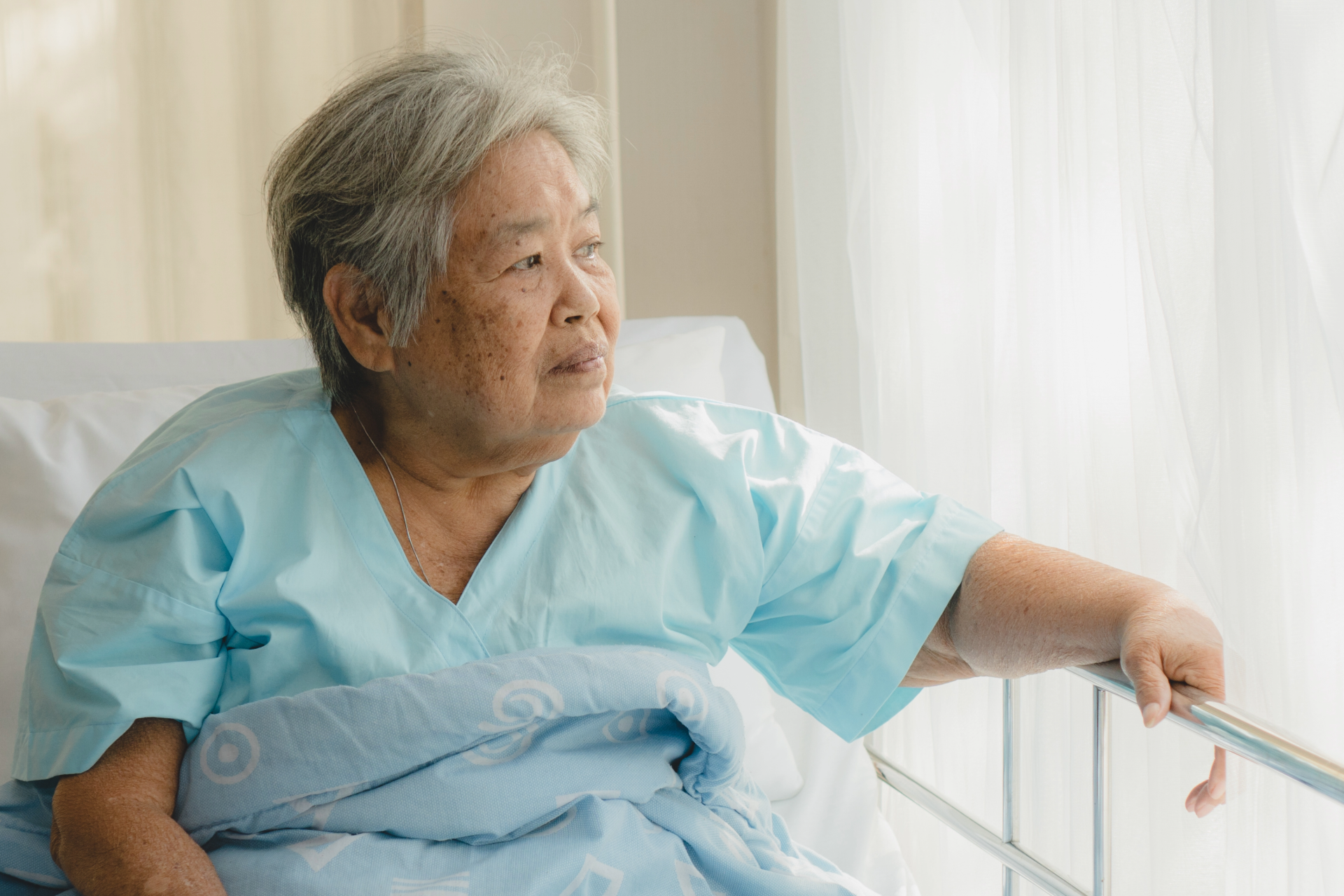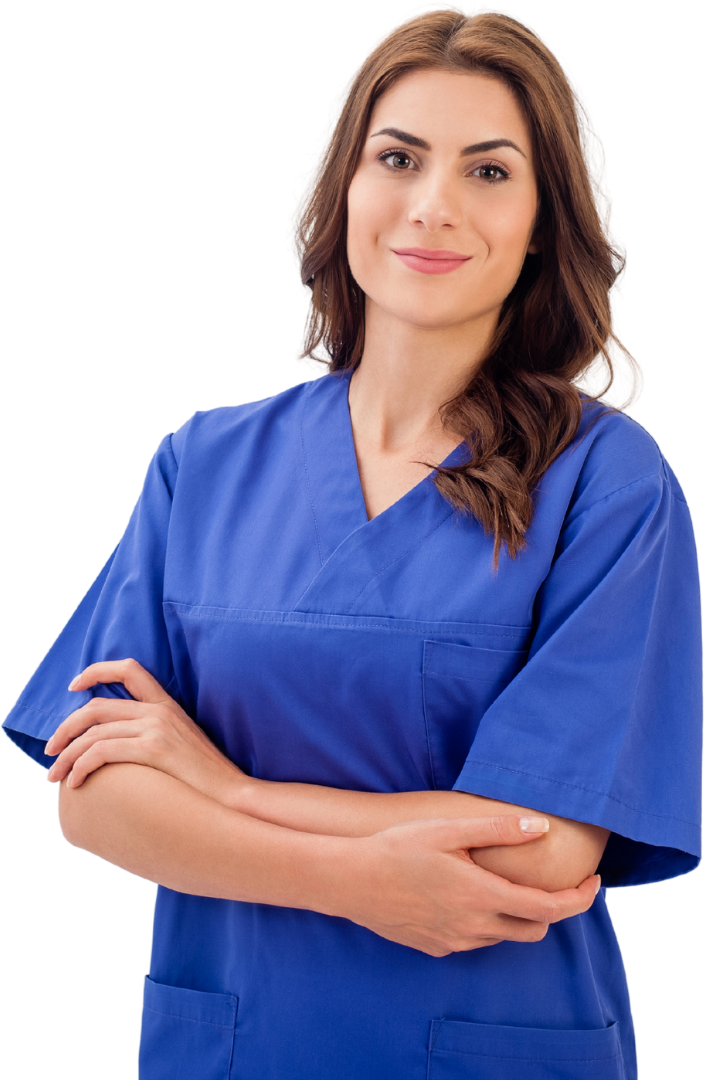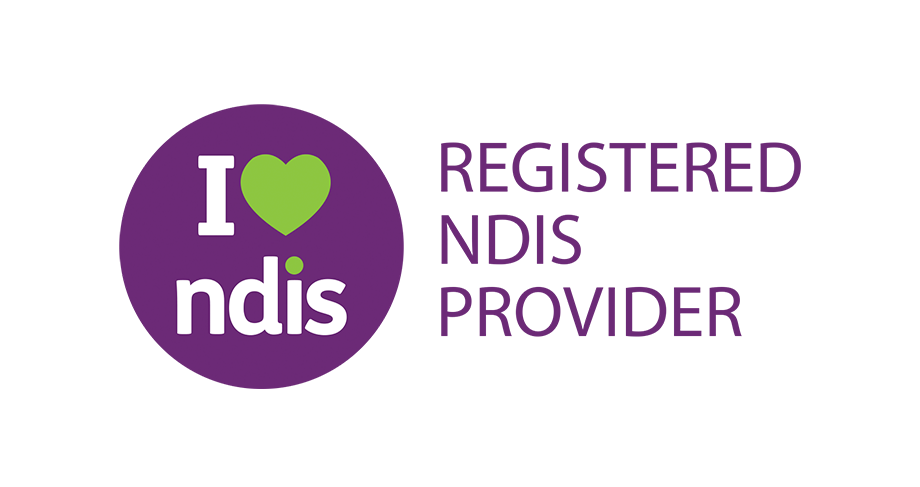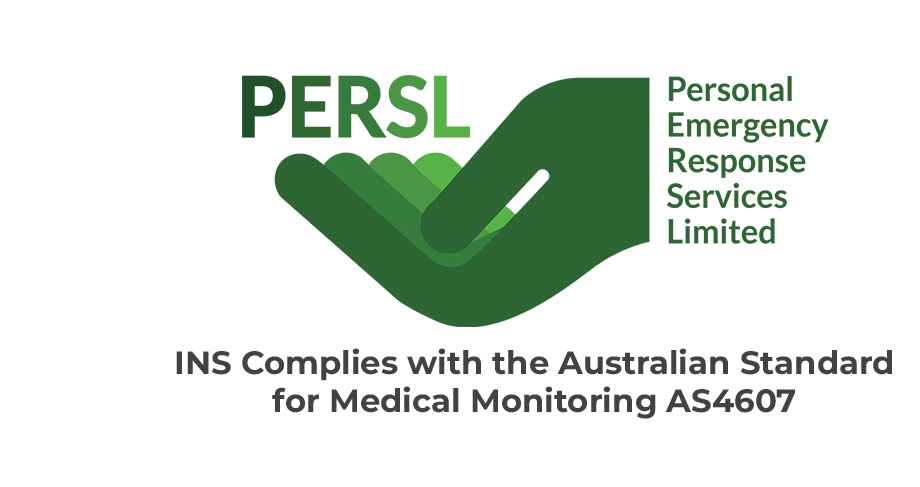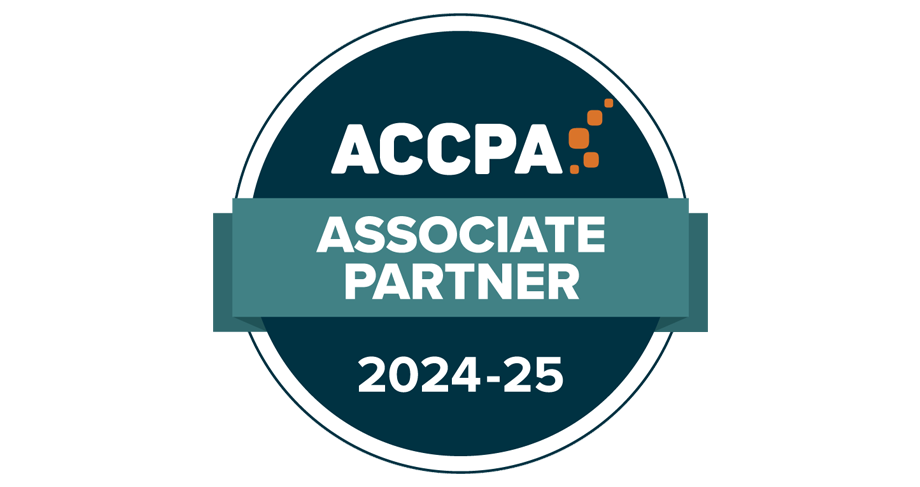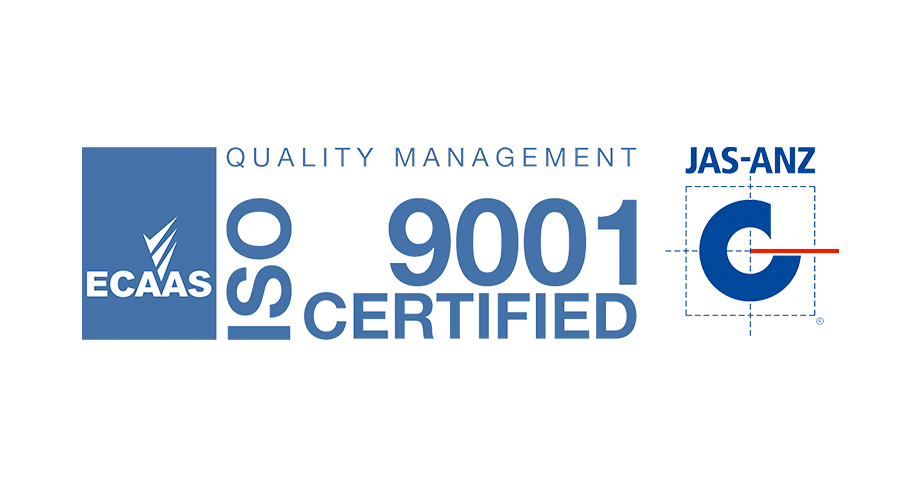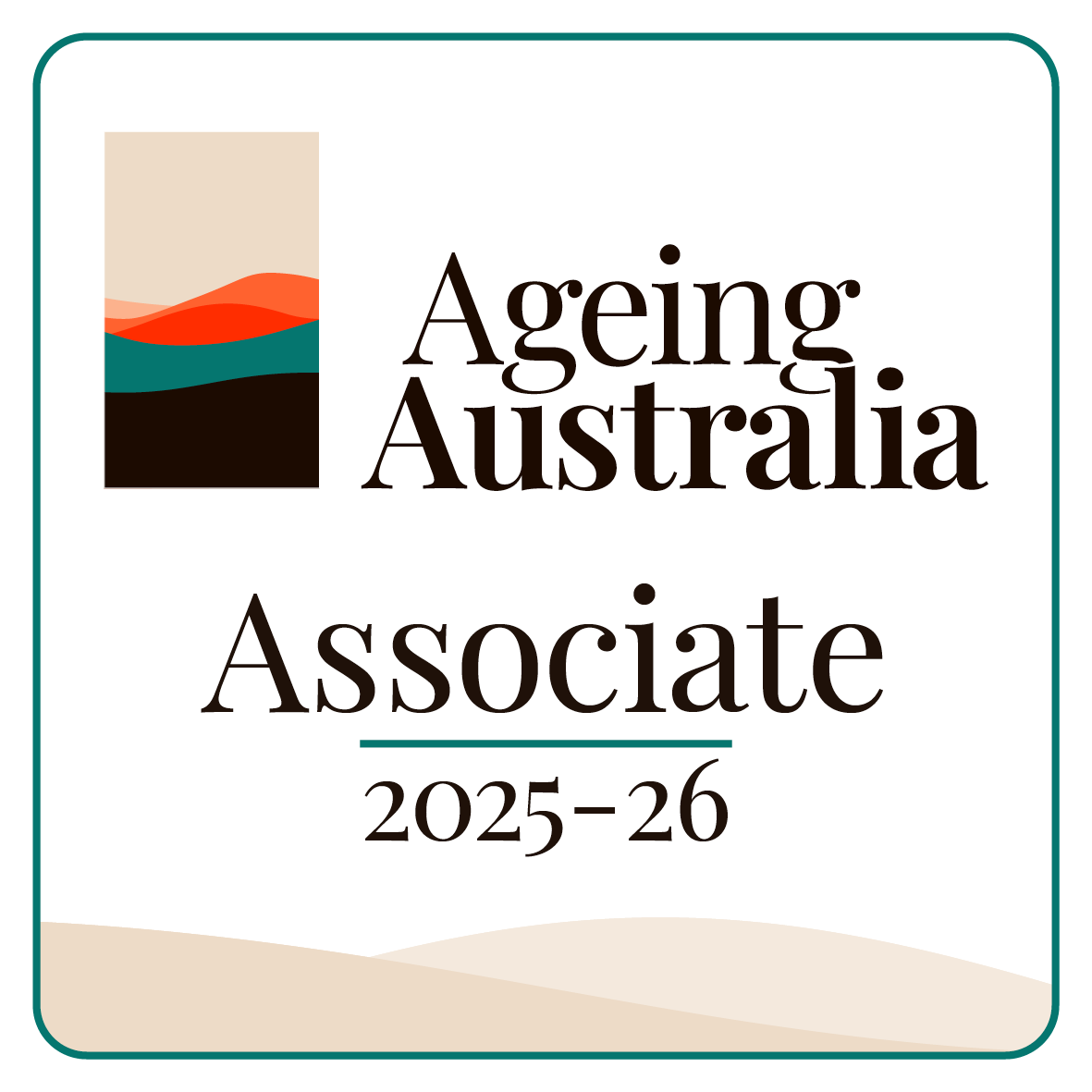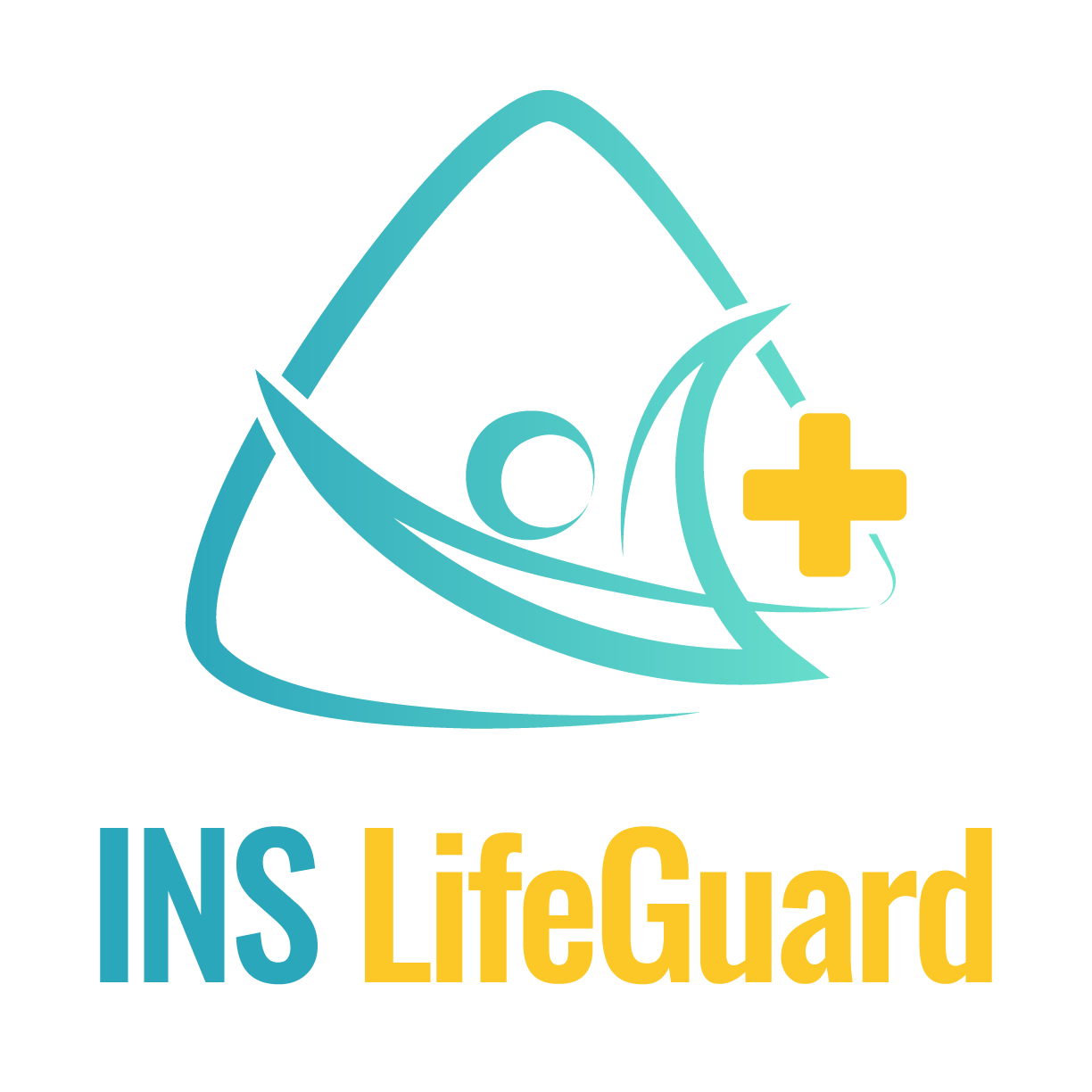Have a Question?
Why Falls Happen More Often as We Age: Causes of Instability in Older Adults
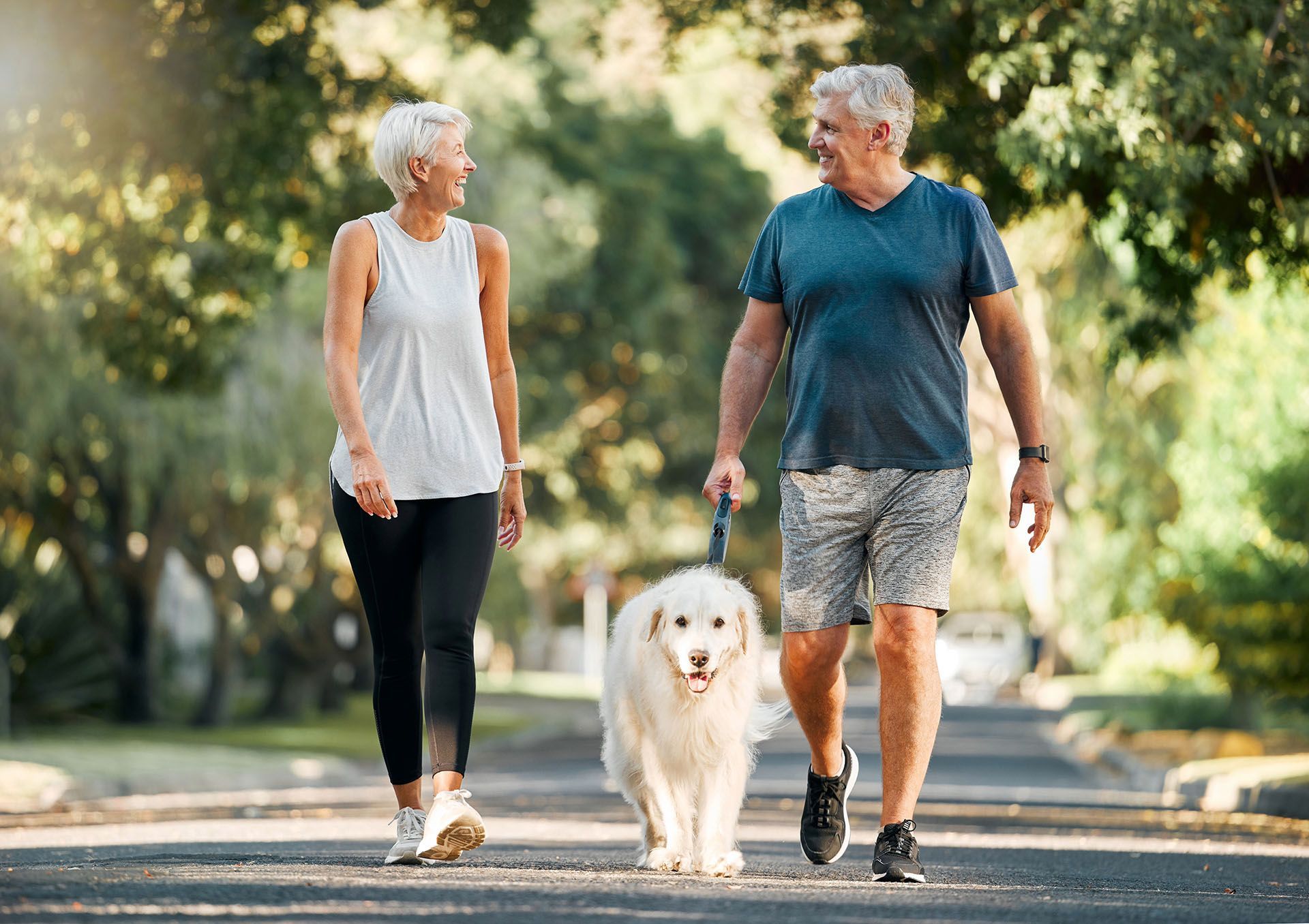
Falls are a leading cause of injury and hospitalisation in older Australians. In fact, one in three people over 65 will experience a fall each year, and the risk increases significantly with age. While many people think of falls as accidents, they’re often the result of underlying medical, physical, or environmental factors that can be identified and addressed.
In this article, we explore the common causes of falls and instability in seniors and what can be done to reduce the risk and promote independence.
1. Changes in Balance and Gait
As we age, the systems that help us maintain balance, including the inner ear (vestibular system), vision, and proprioception (our sense of body position), often become less reliable. This can result in unsteadiness while walking, difficulty turning, and a higher chance of tripping or falling.
Gait changes, such as shorter stride length, slower walking speed, or shuffling, are common and can be early warning signs of fall risk.
2. Muscle Weakness and Loss of Strength
Aging is naturally accompanied by sarcopenia, the gradual loss of muscle mass and strength, especially in the legs and core. This makes it harder to:
- Rise from a chair
- Climb stairs
- Regain balance after a slip or stumble
Regular physical activity and resistance exercises can significantly reduce fall risk by improving strength and stability.
3. Vision Impairments
Reduced visual acuity, depth perception, and contrast sensitivity are common with age. Eye conditions in seniors such as cataracts, glaucoma, and macular degeneration, can make it difficult to spot obstacles, judge distances, or see in low light — all of which increase the risk of tripping or misstepping.
4. Medication Side Effects
Many older adults take multiple medications — a situation known as polypharmacy. Some medications can cause:
- Dizziness or drowsiness
- Drop in blood pressure upon standing (orthostatic hypotension)
- Impaired alertness or coordination
Common culprits include sedatives, blood pressure medications, antidepressants, and medications for diabetes or Parkinson’s.
5. Chronic Health Conditions
Several health conditions common in older adults can contribute to instability, including:
- Arthritis, which limits joint mobility and causes pain
- Neurological disorders
such as Parkinson’s disease, stroke, or peripheral neuropathy
- Heart conditions that affect circulation or oxygen delivery
- Cognitive decline or dementia, which can impair judgement, navigation, or the ability to recognise hazards
These conditions can subtly — or suddenly — affect mobility and balance, making falls more likely without warning.
6. Fatigue and Poor Sleep
Sleep disturbances become more common with age, and poor sleep in seniors can lead to daytime fatigue, delayed reaction times, and reduced coordination. Fatigue also affects concentration and alertness, increasing the risk of falls during everyday activities.
7. Environmental Hazards at Home
Many falls occur in and around the home, often due to avoidable hazards such as:
- Loose rugs or clutter
- Poor lighting
- Slippery floors
- Inaccessible items requiring reaching or climbing
Simple changes to the home environment can significantly reduce fall risks.
8. Foot Problems and Poor Footwear
Foot pain, bunions, or poor circulation can affect gait and balance. Footwear that doesn’t provide proper support — such as backless slippers, high heels, or overly worn shoes — increases fall risk.
Older adults should wear well-fitting, non-slip shoes with good arch support and consider seeing a podiatrist for persistent foot issues.
9. Lack of Physical Activity
Physical inactivity leads to weaker muscles, stiffer joints, and slower reflexes, all of which contribute to instability. Regular movement — even light walking, tai chi, or water-based exercise — can help maintain balance, flexibility, and confidence.
10. Cognitive Changes
Mild cognitive impairment or dementia can affect:
- Awareness of surroundings
- Ability to recognise or respond to hazards
- Memory of safety instructions (e.g., using a walker)
This may lead to wandering, poor judgement, or missteps, especially in unfamiliar environments.
How to Reduce Fall Risk
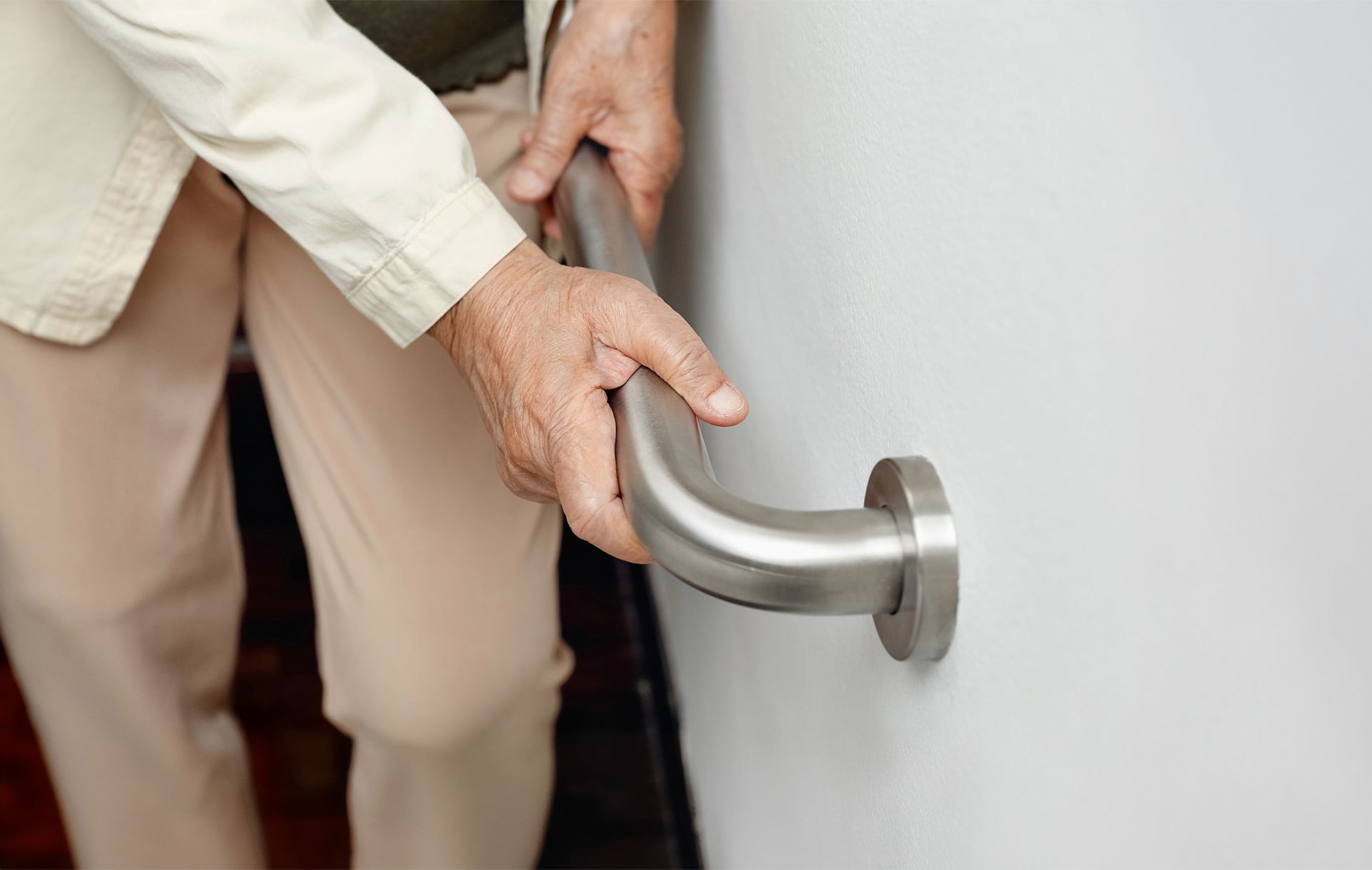
- Stay active with exercises focused on strength, balance, and flexibility
- Have regular eye and hearing tests
- Review medications with a GP or pharmacist
- Ensure the home is safe, clutter-free, and well-lit
- Use assistive devices when needed (e.g. walking sticks, handrails)
- Consider professional fall risk assessments
- Monitor health data (e.g., gait, heart rate, blood pressure) through smart technology
Staying Safe with Smart Fall Detection and Panic Alarms
INS LifeGuard offers a comprehensive, nurse-monitored fall detection and personal alarm system for older Australians. Our solutions are trusted in aged care, retirement villages, and private homes nationwide.
Key benefits include:
- 24/7 emergency response from qualified nurses — not a call centre
- Automatic fall detection using advanced motion and gait analysis
- Panic alarm activation — available via pendant, smartwatch, smartphone, call points or in-home device
- GPS tracking to locate users if they fall or need help away from home
- In-home alarms and wearable devices for full coverage
- Real-time alerts to carers or family via the INS LifeGuardian Connect® App
Whether you’re at home or out and about, INS LifeGuard® ensures that help is always within reach — even if you can’t speak or press a button.
Falls happen fast. With INS LifeGuard®, so does the response.
Final Thoughts
Falls aren’t just a part of ageing — they’re often preventable. With the right awareness, early intervention, and smart support systems, older adults can stay safer, more independent, and more confident in their daily lives. Whether reviewing risks, making home adjustments, or having access to instant help when needed most, every step toward prevention makes a meaningful difference.
If you’d like to learn more about the systems we offer to help keep you or someone you care for safe, including monitored fall detection, call us on 1800 636 040 or visit our website.

About
INS LifeGuard is the only 24/7 nurse on-call personal and medical monitoring in Australia. We provide monitoring technology for both in the home and on the go and can also monitor other provider's equipment. Our services are suitable for anyone wanting support to stay independent such as the elderly, those with medical conditions and disabilities plus enhancing safety and security for lone workers.
